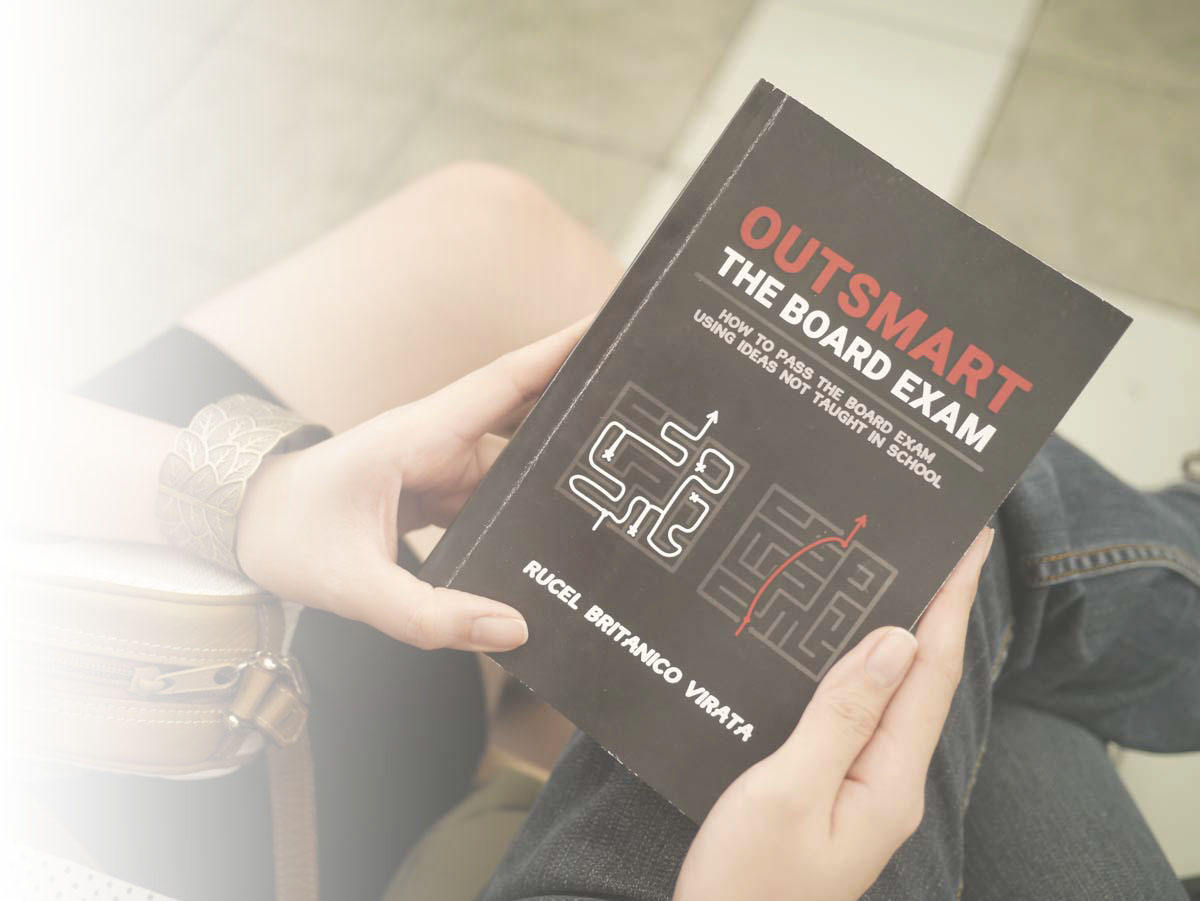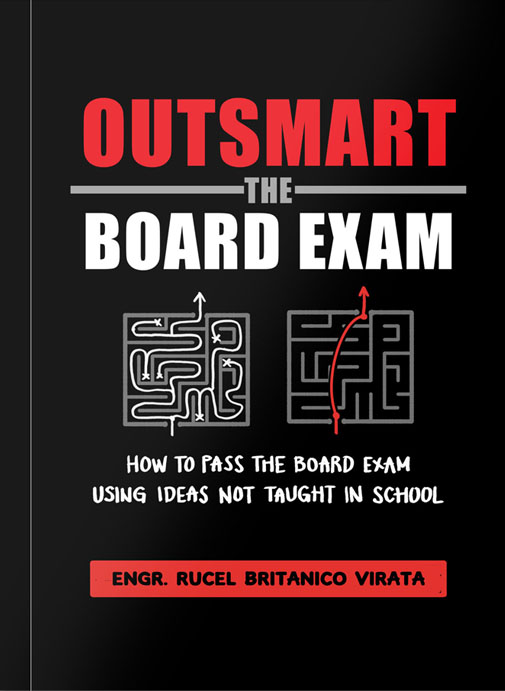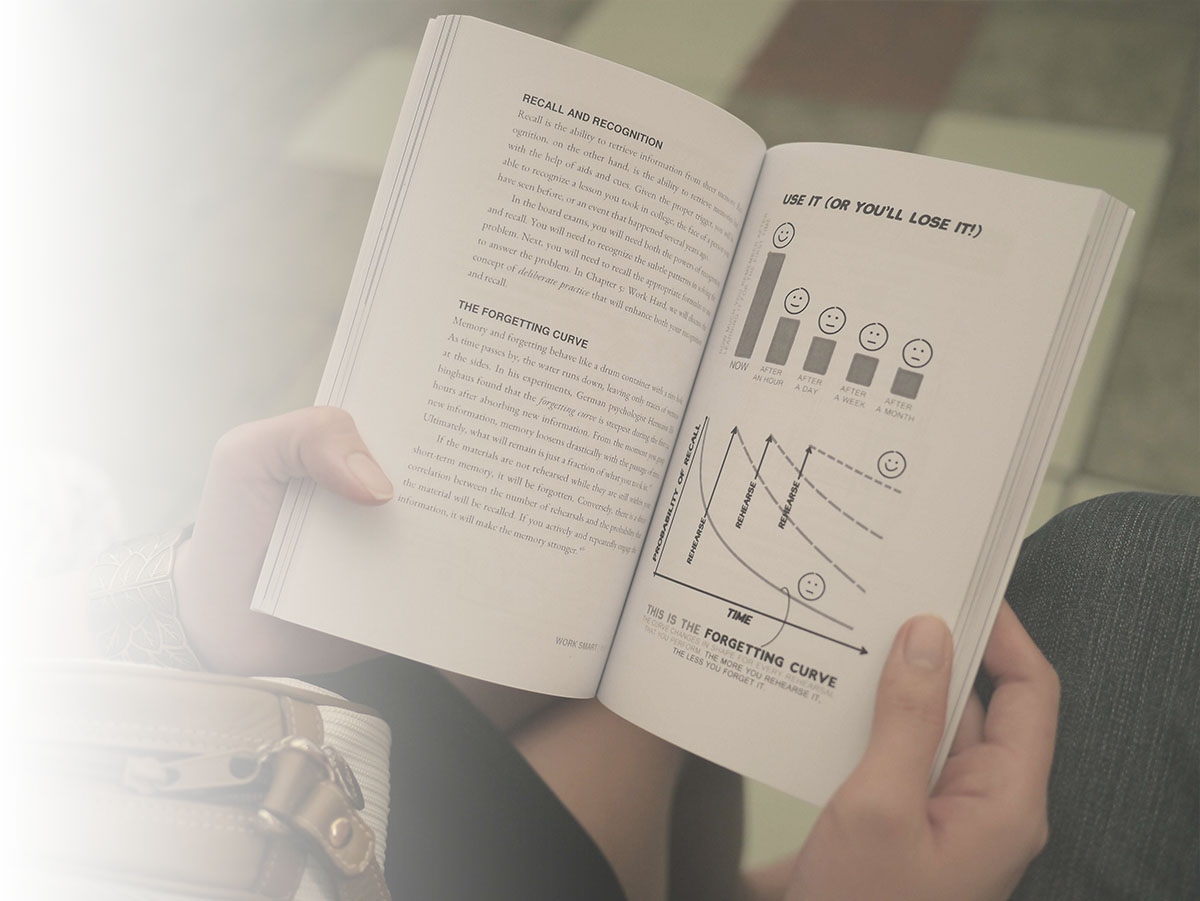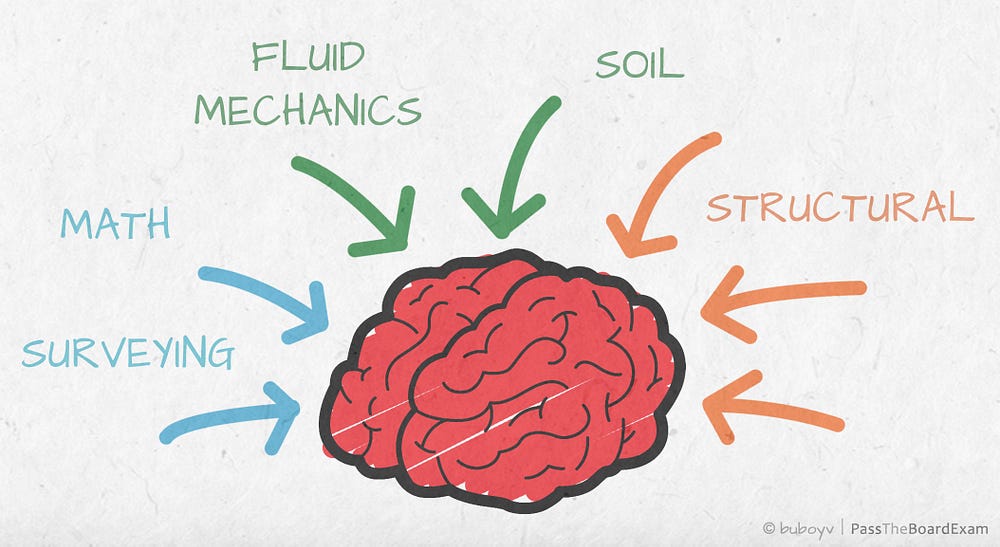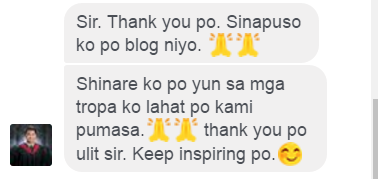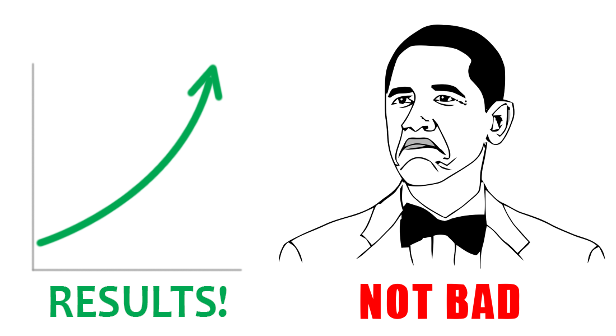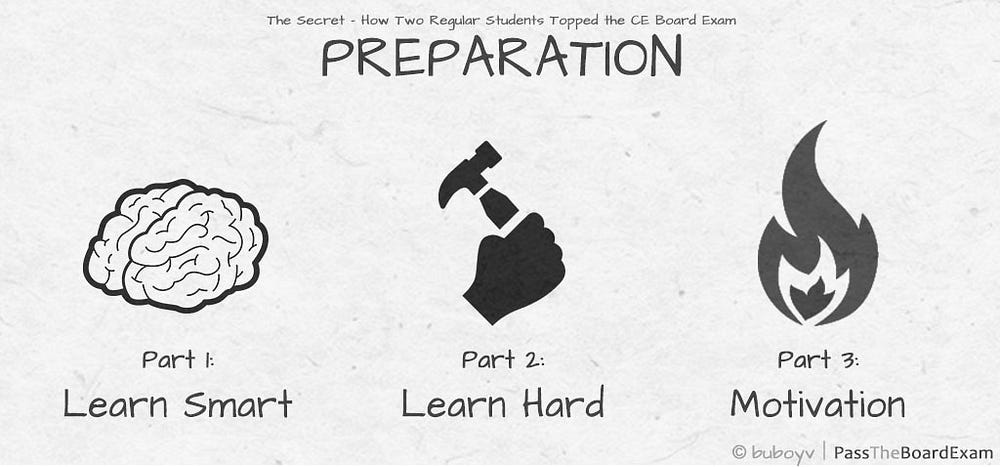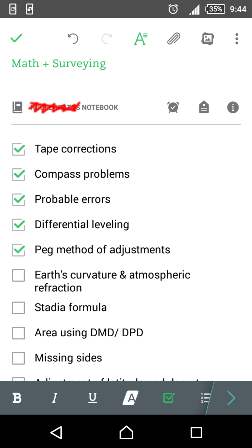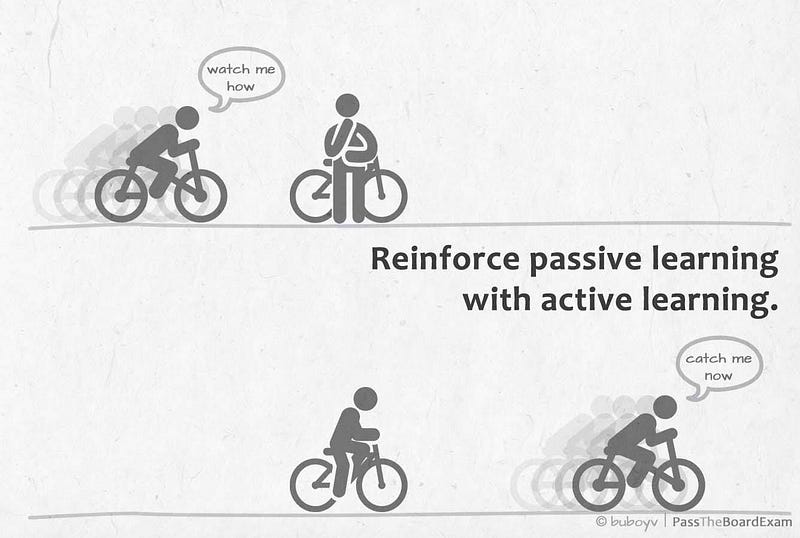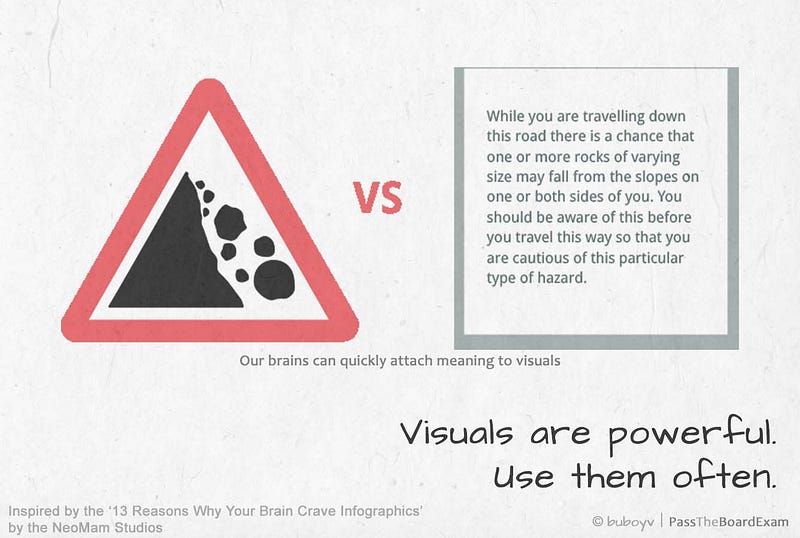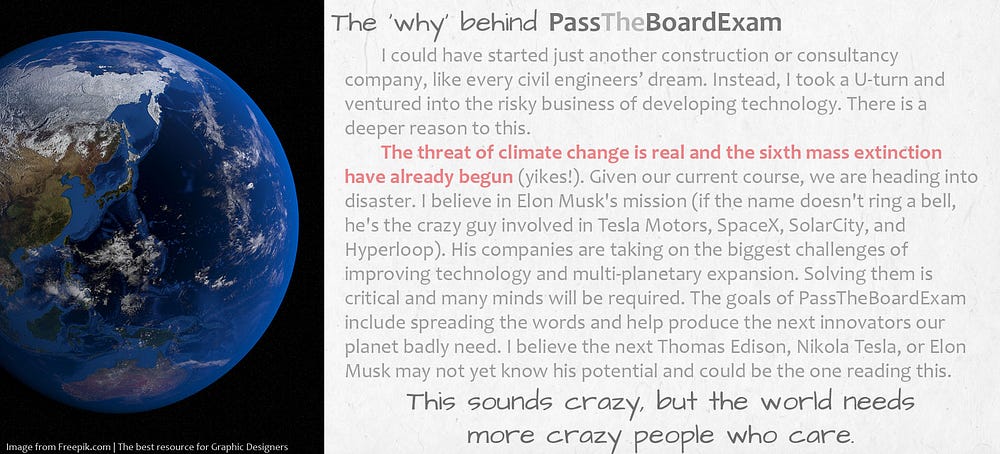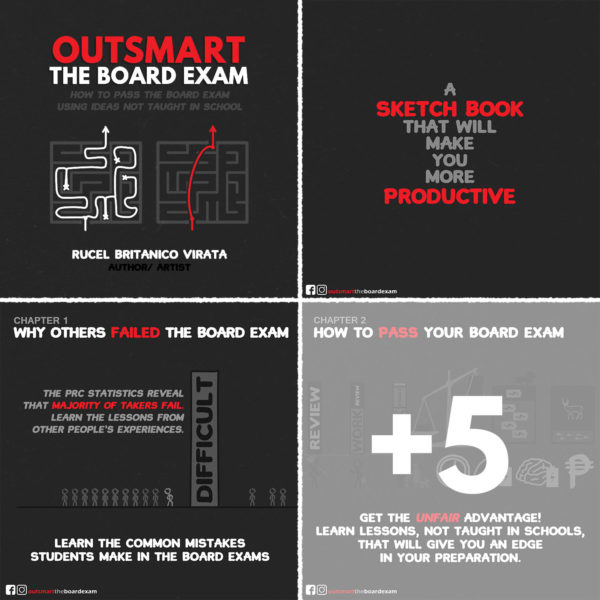The Secret — How Two Regular Students Topped the Civil Engineers Board Exam
Author’s Note: This was originally posted on medium.com on March 22, 2016 and was shared 4,400+ times. Enjoy!
The hard truth: Only 4 in every 10 students pass the Civil Engineers Board Exam. It can be painful to fail — not only for the student, but also for their parents. I also had this fear.
In just 10-minutes, you will learn:
- The Secret Formula how two regular students topped the civil engineers board exams
- The 80/20 Principle to help you strategically focus your time and effort
- Ways to Learn Faster and Memorize Better
- BONUS: Learn a technique how the author was able to memorize and remember all concepts and formulas
For Whom
This post is for students who have experienced failures but wants to turn things around and make their parents proud. Just how we did.
About the Author
I have to admit, I had failures as a student. I experienced flunking subjects and skipping classes. Like most engineering students, I love to play computer games (DotA), drink hard, and have fun.
You might be turned-off by my credentials, but I managed to score 93.95%, 10th highest among 4800+ examinees in the Civil Engineers Board Exam. A year before me, my older brother also surprised a lot of people by passing the CE Board Exam — 97.55%, Top 4. My bro finished college a total of 6 years, while I finished in 5.
The Secret Formula
With this surge in results, we get asked, “Was there a secret formula to topping the board?” Usually followed by, “How can I also improve?”
The board exams is a game of preparation. In short, our secret is how we prepared. My brother and I followed a set of simple yet effective guidelines that any student can apply.
I believe that by following them, what worked for us will also work for you. Even get better results. 🙂
Here are our secrets: Learn smart, learn hard, and stay motivated.
Preparation = (Learn Smart) * (Learn Hard) * (Stay Motivated)
In a series of 3 posts, I deconstruct and explain this formula:
- Part 1: Learn Smart helps you create a strategy and make learning more effective.
- Part 2: Study Hard helps you get quality concentration and better practice. It will also answer how much practice is needed.
- Part 3: Stay Motivated helps you develop and maintain a burning desire to succeed.
Part 1: Learn Smart = (The 80/20 Rule) + (The Science of Learning and Memory)
Effort in the proper direction will bring more results. I’ll explain how highly effective people work smart before they work hard. I’ll also share the best practices about learning and memory, proven to bring results.
FOCUS YOUR EFFORTS: THE 80/20 RULE
Are you aware there is a powerful ‘rule of thumb’ present in our lives and only a few people know of?
In 1905, the economist Vilfredo Pareto observed that 80% of the land of Italy was owned by only 20% of the population. What’s intriguing about Pareto’s finding was this distribution occurs frequently. Examples are:
- In business, the 80% of profit comes from 20% of the customers
- 80% of a country’s wealth is owned by only 20% of the people
- In technology, 80% of the crashes are caused by 20% of the bugs
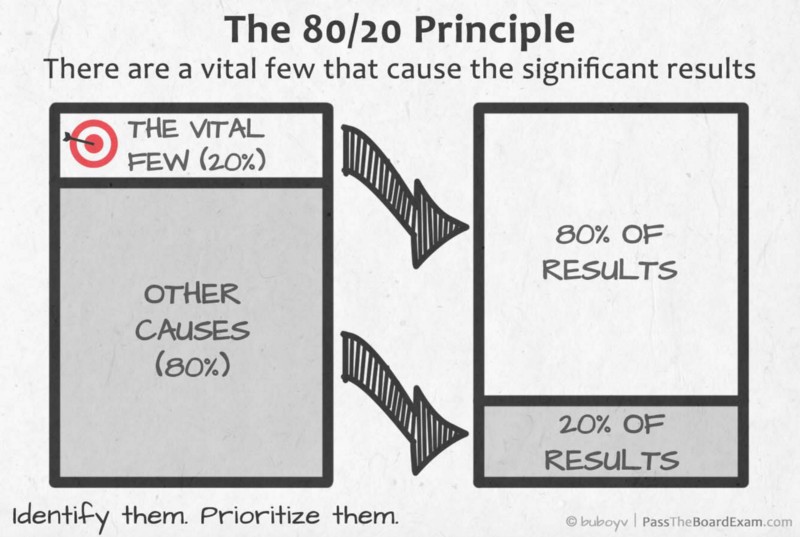

Highly Productive People Prioritize the Vital Few
To illustrate using the 80/20 rule, let us consider the sport of fishing. Before a fisherman throws his line and bait, he first picks a spot where there are lots of fishes. Identifying these areas will greatly increase his chances of catching big fishes.
Highly productive people employ the same strategy. They focus on the activities with the highest payoffs. They don’t scatter and exhaust their time and energies doing the trivial tasks. That’s how they accomplish more than the average person.
In 1997, Steve Jobs returned to Apple after being kicked out. He noticed the company focused on too many products but none of them were selling. To the surprise of his employees, he cut production of nearly all Apple products, and maintained just 4 product lines. Steve Jobs simply applied the 80/20 rule. As we can see today, Apple dwarfed every major electronics company. [2]
Preparing for the Board Exam
In preparation for the board exam, the following are applications of the 80/20 rule:
- Identify and Prioritize Vital Topics: There are at least 500 problems in an examiner’s question bank, to be selected at random for the exam. It is a smart move to identify as many topics in the recent exams. With this in mind, get the latest copy of Gillesania’s CE Board Exam Reference (Volume 4) and make a detailed list of all topics present in the board exams for the previous 2–5 years. This will be your checklist of vital topics.
- Simplify your Activities: Make a list of all your activities. Focus on the top 20% activities that will help you in your goal. Eliminate, reduce, and delegate the remaining 80% that will not help. This process will further be discussed in Part 2: Learn Hard.
Related: 80/20 Rule on the Bar Exams. Prof. Abelardo Domondon — a well known bar reviewer — said that he topped the bar because he studied the previous bar exam questions and saw a “pattern” in the questions being asked in the bar exams.
Related: Ms Helen Mary Labao (Top 2 — GE Board Exam) has written a post regarding picking the right review center, where to sit in the classroom, and her other secrets to success. A suggested 4-minute read, click here to view the post.
LEARN AND MEMORIZE BETTER: The Science of Learning and Memory
A sharper saw cuts faster using the same amount of effort. Think of the following ideas and techniques as the sharper saw. Knowing them enables you to learn faster and remember better.
Passive and Active Learning — Passive learning is to grasp ideas by watching others perform. Examples are observing others do it actual, attending lectures, or watching how-to-videos. Active learning is to apply these ideas on your own. It let’s you gain experience. [3]
It only takes 0.25 seconds to process visuals. Fast!
- Use the Power of Visuals— Our brains are hard-wired to quickly process visuals. Text paired with visuals improves information retention. [4]
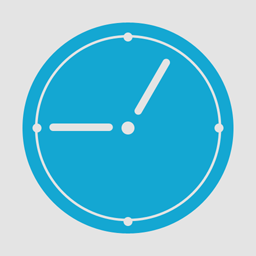
- Distributed Practice — Spreading out study sessions over time is more effective than cramming into one marathon session. Our brain needs the time in encoding new information into our memory. [5]
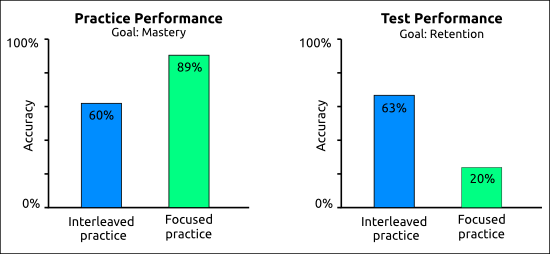
- Interleaved Practice— Instead of focusing on a topic end to end, study related concepts together. Establish relationships between the new information and previously existing memories. [6]

- Sleeping after studying— Sleeping after learning something can help you learn faster and remember better. [5]

- Forgetting isn’t bad — According to research, we need to forget a new piece of information at some level before remembering it in order to reinforce that memory over time. Just like in exercise, muscles won’t grow without rest. [5]
Case Study: How the Author applied the 80/20 Principle and the Learning Techniques
I set it on my mind, to top the board. My older brother have done it, and so can I. There was positive pressure.
Before review classes started, I used Gillesania’s Book: CE Board Exam Reference and made a detailed list of the covered topics for the past 5 years. It took me about 2–3 hours to make this list.
Next, I identified the activities that consumed my time and concentration. I was hooked with a lot of series shows + animes + games. Studying is priority, so I limited watching and playing during a 2-hour break time after dinner.
Luckily, there was a new branch of Review Innovations in Baguio City. It enabled me to study in the comfort of our home. I concentrate better at home. I was also exempted from my household chores like cooking, washing dishes, and doing laundry. These little things helped tip the odds. Concentration is better if there are fewer things to think about.
I enrolled in the morning classes. During lectures, my focus is on passive learning. My attention goes to absorbing the concepts and ideas explained by the instructors. When I return home, the focus shifts to active learning — solving the discussed examples and capping it off with additional problems. The Efficiency Curve (to be discussed in part 2) can guide you about how much practice solving is required.
The following methods are also effective in getting ideas to sink in:
- Repeatedly writing the formulas and terms on paper. Write out everything you know about the subject as if you were teaching it to someone else.
- Explaining concepts to one’s self. Recently confirmed this from a book, talking to one’s self is totally normal and healthy. Just don’t do it aloud in public 🙂
- Teaching others and/or participating in discussions
Have you noticed all these are forms of active learning?
IMPORTANT: The ‘Notebook Summary’ Technique: How to Memorize and Remember Concepts and Formulas
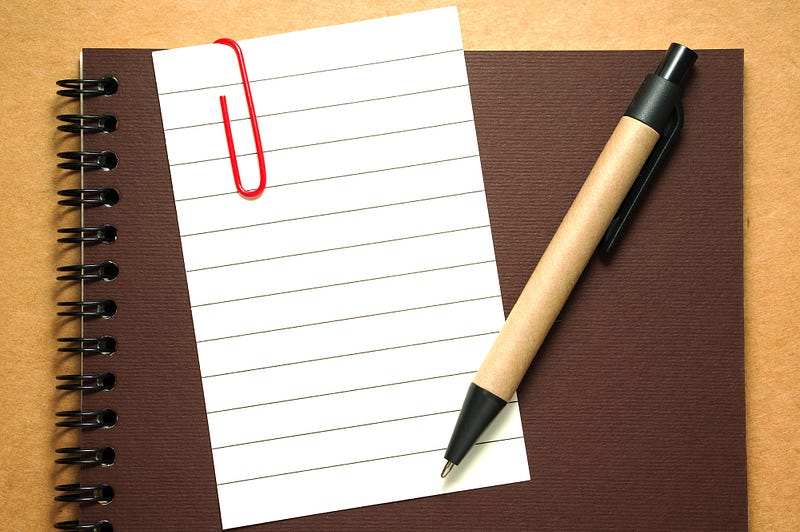
Two months into review, I had trouble preparing for a pre-board examination. With inches of review materials, searching for a particular topic or formula resulted to wasted time and concentration. This is when I realized a technique my older brother used, the Notebook Summary.
After solving problems and getting a good grasp of a topic, I made a summary of the topic on a notebook. The summary contains all important concepts and formulas, and if necessary with sample problems. I had a notebook each for Math+Surveying, Hydraulics + Geotechnical, and Structural Design + Construction.
The contents were written by hand, drawn with pencils, pens, and ruler (with exception to topics with graphs and tables). I used combinations of texts, acronyms, symbols, diagrams, whichever I saw fit for the topic.
Many thought I wasted time for doing it because there were hand-outs already given during the review. There were also the ready-made engineering compilations by Gillesania and Padilla. It might seem counter-intuitive but
Putting the effort to create the summary is the secret. The task of thinking, researching, writing, and drawing are forms of active learning packed into one activity. And because the summary is organized and concise, it aids in recalling the information rapidly. The handy notebook also enables you to recall anywhere, anytime.
Ever wondered why we easily recall something we wrote instead of the photocopy of our classmate’s notes?
Timing is the key
It is given that we will forget. It isn’t necessary that we remember information all the time. What matters is we remember during the right time.
Several days before a big exam, I reviewed the summary and performed rapid information recall. Timing is the key to remembering.
In the next post, I’ll share the reason why Mark Zuckerberg dress simply and how it can help you prepare for the board exams. Click to here for Part 2: Learning Hard: How to Concentrate and Practice Better for the Board Exams.
I am a writer in training and this is my first post. Writing and preparing the materials took lots of time and creative energy. Note that I didn’t learn these ideas on my own, I received a lot of help along the way. I believe in the adage of ‘passing it forward’ and it is my goal to spread these ideas. If you have suggestions, feel free to comment or send me a message. More importantly, share this post to the people who needs them. Study well and make your parents proud! 🙂
Rucel Britanico Virata
Civil Engineer | I share self-improvement hacks you won’t learn in school
Artist/ Writer — PassTheBoardExam
Sources
- [1] Focal Point: A Proven System to Simplify Your Life, Double Your Productivity, and Achieve All Your Goals | Brian Tracy
- [2] The Law Of The Vital Few & Entrepreneurship: Importance Of 80/20 Rule In Productivity | trak.in
- [3] Rich Dad’s Increase Your Financial IQ | Robert Kiyosaki
- [4] 13 Reasons Why your Brain Craves Infographics | neomam.com
- [5] 11 Great Ways to improve your Memory | verywell.com
- [6] The Interleaving Effect, Mixing It Up Boosts Learning | scientificamerican.com
Related Articles:
Study Hard: Techniques to Better Practice & Concentration
Why 6 months preparation is just enough for the board exam
How Homework make Preparing for the Board Exams easier
Keeping Yourself Motivated: Record your Little Victories
Sharing is caring. Don’t forget to share to those who will be taking their board exams.
Want to increase your chances of passing your board exam? Check out Outsmart The Board Exam — How to pass the board exam using ideas not taught in school.
Have questions about the board exams? Feel free to comment below.

